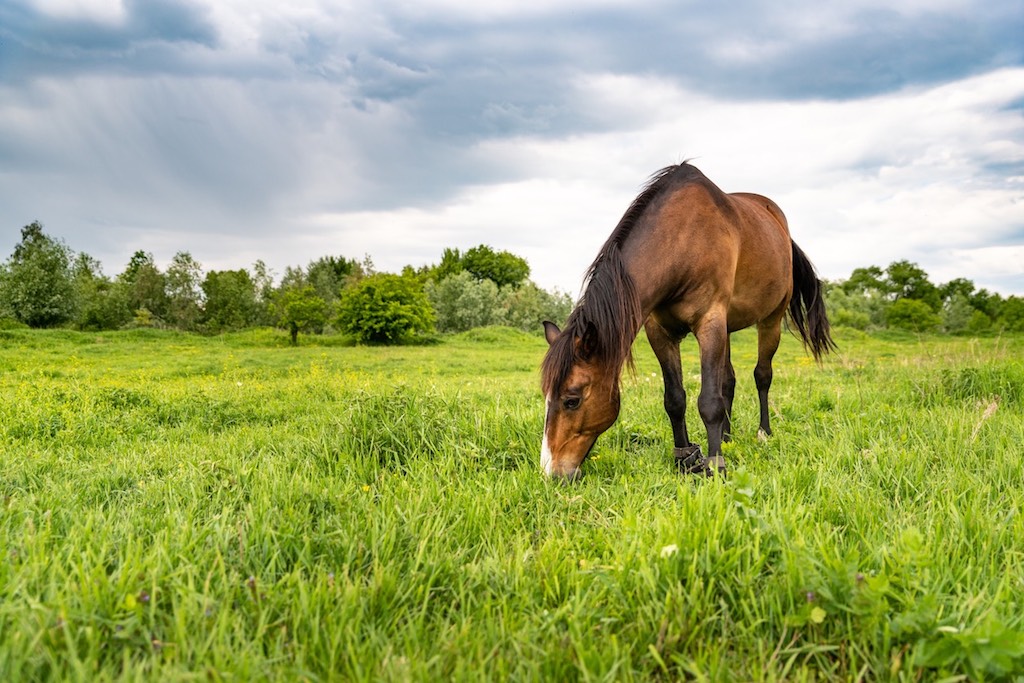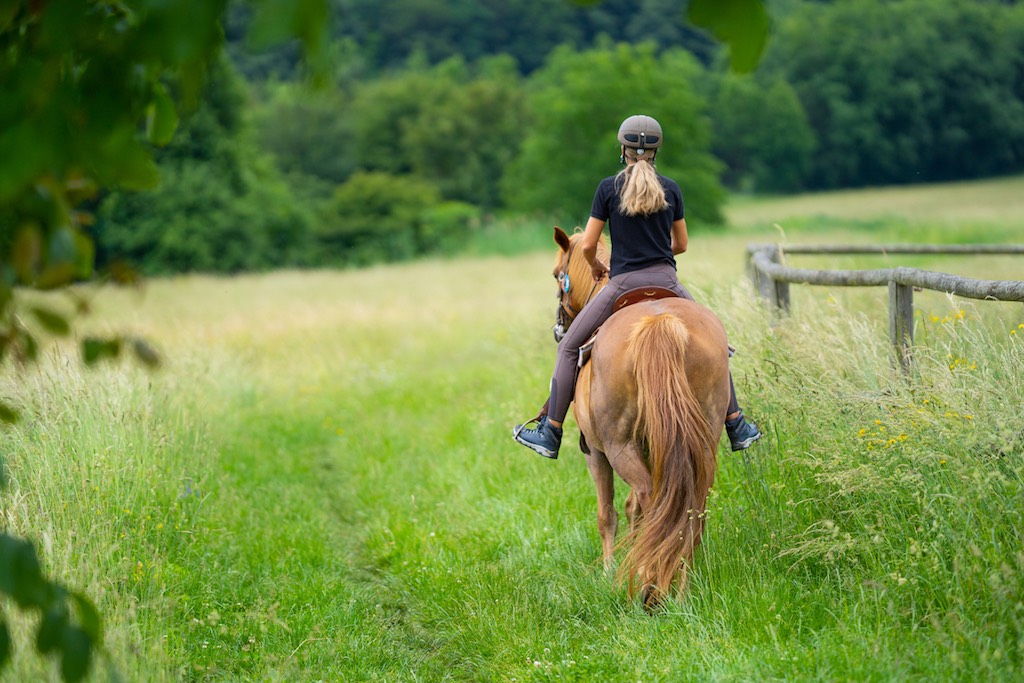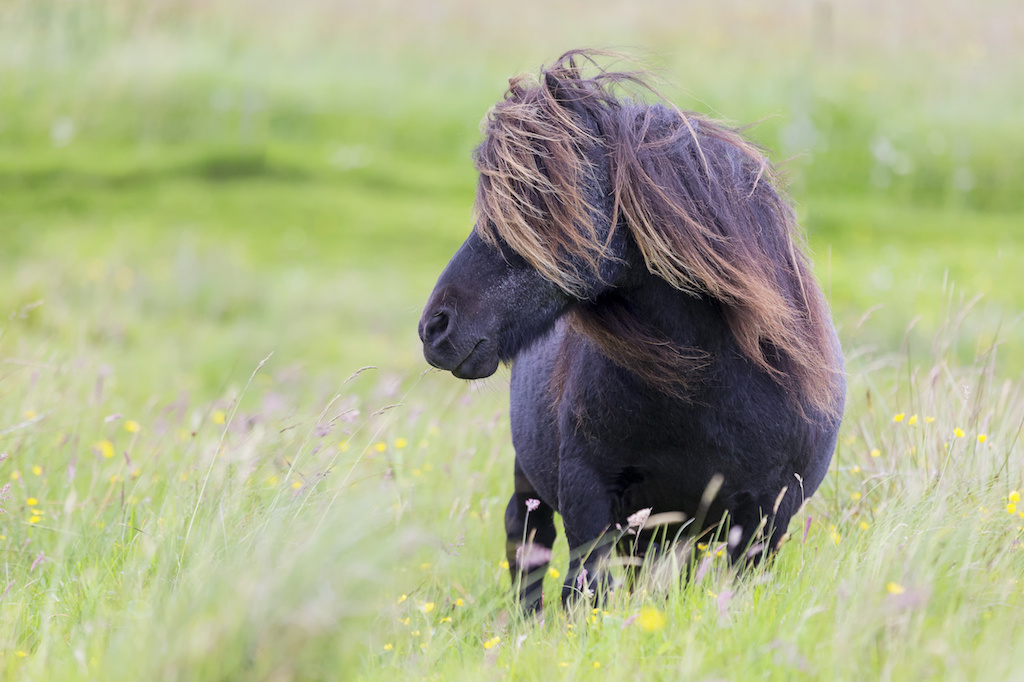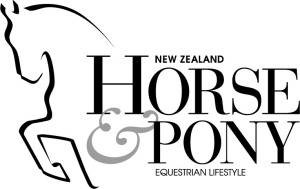There are a great many types of equine feeds available on the market today, which can get quite confusing for the horse owner.
One relatively recent group is the feed balancers, which are produced by several manufacturers for various uses.
At first glance, these might just seem like a very expensive bag of feed, but in fact, their use is rather different, and they can be a cost-effective option for many situations.
So, what is a feed balancer? Essentially they are formulated to deliver certain nutrients in a concentrated form, and are sometimes referred to as ‘complete supplements’ or ‘concentrates’.
Feed balancers are formulated to contain protein (amino acids), vitamins and minerals, and sometimes other technical ingredients to promote gut health or prevent mycotoxin problems, but without the main energy component of other feeds (commonly supplied as cereals).
They can be formulated with other bases, such as fibre sources, to produce a pellet or kibble – which is important as it prevents the mix of ingredients separating out in the bag. Each pellet or kibble preserves the mixing of nutrients, so each meal delivers the same benefits, whereas powders can separate out during transport, or over time.
Some balancers are marketed as being ‘weatherproof’ allowing ease of supply to horses at pasture.
Their concentrated nature means that you only need to feed smaller amounts – which is useful for fussy eaters or animals with poor appetite or limited gut room (eg. heavily pregnant mares). The smaller amounts needed per day can be much more cost effective in most circumstances, so, when comparing feed balancers with other products, do not focus on the ‘per bag’ cost, but rather the ‘per day’ cost from the feeding guidelines.
Feed balancers are a flexible way to feed your horse. Because they contain the essential nutrients needed for health and wellbeing, you can use them to ensure that your horse’s basic nutritional needs are being met, and then vary other feed ingredients to match his or her individual work load, weight gain or loss goals, and any additional requirements, such as for stallions and mares under breeding management.
If you have a ‘good doer’, especially if they are on a weight-loss regimen, using a balancer ensures that their basic requirements can be met without increasing energy intakes and risking further weight gain. Then, once a horse is at an ideal weight, energy-rich ingredients can be reintroduced to maintain their condition, if necessary.
Who should use a feed balancer?
The following examples show how feed balancers can be used in various circumstances commonly found in New Zealand.
Horses kept at grass all year

For horses kept at grass year-round, nutrient intakes can vary widely depending on the season. In winter, the quality of grass can be poor, as it stops growing below temperatures of 10°C, and wet conditions can leach minerals out of the soil. Whilst the pasture may retain good levels of fibre (depending on the species of grasses grown in the paddock), protein, vitamins and minerals decline as the weather worsens. Using a balancer as a ‘top up’ is a good way to ensure body condition and health are maintained. Minerals are particularly important in winter, as they are needed to create robust skin cells, thickening the outer layers of the skin and ensuring a regular, stronger external surface. This helps prevent and repair conditions such as mud fever and rain scald. In wet conditions, hooves can become soft and the soles more prone to bruising, and providing adequate protein and vitamin intakes (eg. biotin) is necessary to promote hoof growth and strength.
Horses with varying workloads

For many leisure riders, their horse’s workload varies depending on the amount of time they have available in between juggling work, family and other commitments. During the summer months, we usually all have more time to ride and compete, and so our horses needs will need more nutrients and energy to support the extra workload. But changing feeds requires time, as new diets must be introduced slowly to allow the gut to adapt. If you have a feed balancer to provide the basics already in place, you can raise the feeding level to meet the higher requirements for heavier workloads, whilst gradually introducing energy-rich feedstuffs, such as starch and fat sources, to increase energy intakes.
Miniature horses and native ponies

Miniature horses and native ponies (including Kaimanawa, Welsh and Shetlands) have specific needs, as they can often become obese and can be prone to laminitis. Traditionally, many of these horses and ponies have been kept on limited, often poor-quality grazing. Whilst this limits their energy intake, it deprives them of essential nutrients that they need for their own health and to maintain themselves in good condition. Often these deficiencies are manifested as poor hoof and coat quality. Using a low energy feed balancer is a cost-effective way of providing their basic feed requirements, without the risk of excessive weight gain.
Pregnant mares and stallions

During the breeding season, pregnant mares and stallions have very high nutrient demands, especially for antioxidant vitamins and minerals, and protein. A late gestation mare with 500kg body weight needs a whopping 900g per day of protein to support herself and the foal. As the foal is rather large at this stage, she doesn’t have very much gut space for large feeds, so using a concentrated balancer works well on all counts. Sperm quality from breeding stallions is dictated by various nutrients, especially antioxidants which protect the cell membrane and DNA, reducing deformities and increasing the levels of progressively motile sperm and higher chance of conception.
Warmbloods

Modern sporthorses, especially those used in dressage and show jumping, tend to be warmbloods – which means they are a combination of draft and blood breeds. They are typically slower growing than thoroughbreds and other lighter breeds, and as youngsters, their weight needs to be controlled to prevent damage to joints during development. When older, warmbloods tend to be ‘good doers’ but, due to their heavier muscling, they need more protein to maintain top line and condition score. In addition, high workloads and concentrated training require more antioxidant minerals and vitamins to repair damage and facilitate recovery of tissues. Using a feed balancer is a good way to supply these extra needs, without disturbing the other feedstuffs used or increasing feed volumes dramatically.
In conclusion
From these common examples, feed balancers offer horse owners a flexible and cost-effective way of managing correct nutrient intakes, with the opportunity to add other feedstuffs to increase energy intake as and when required.








